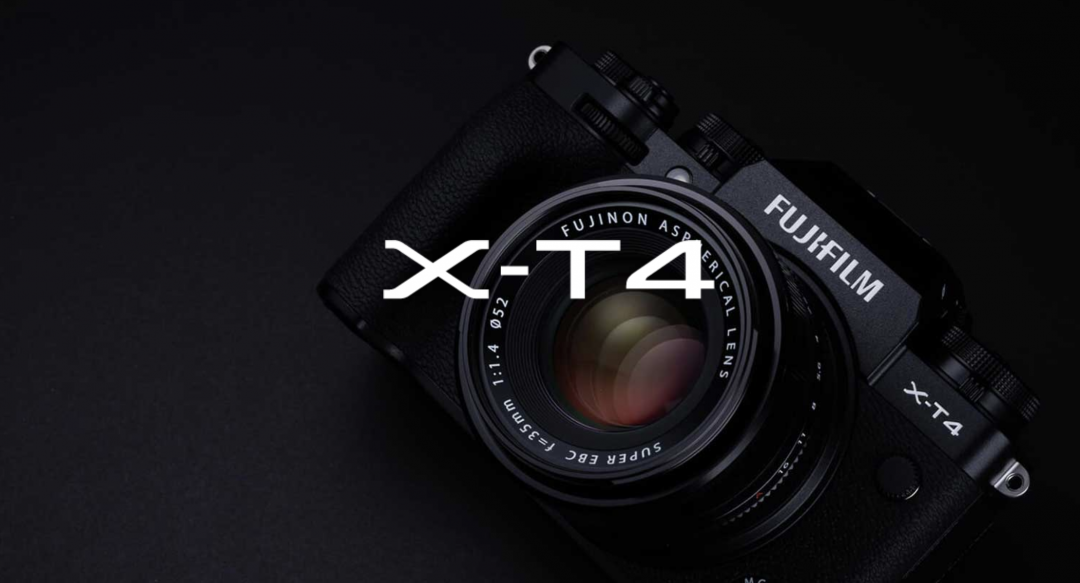tamron收購
The irresistible theme of Photokina 2018 has been mirrorless cameras with huge sensors inside. Leica unveiled the medium format S3, Fujifilm showed off the GFX 50R in the same medium format class, and Nikon and Canon brought their recently announced full-frame mirrorless models: the Z7 and EOS R, respectively. With Sony already having a full portfolio of excellent full-frame mirrorless cameras to sell, Panasonic was one of the last remaining major names to not offer such a high-end model, which was corrected at Photokina with the reveal of the Lumix S1 and S1R. The only difference between these two cameras, set to launch early next year, is that the S1 will have a 24-megapixel sensor whereas the S1R will go all the way to 47 megapixels.
The new Lumix S series is Panasonic’s most sincere effort yet to appeal to professional photographers. The company already enjoys a sterling reputation among videographers and amateur enthusiasts with its Micro Four Thirds cameras, but Photokina 2018 is the place where it’s decided to make its strongest pitch to stills shooters. That means total weather sealing and dual image stabilization, both in the camera body and in the lenses that Panasonic provides for this new system. At the outset, there’ll be three lenses from Panasonic itself — a 50mm f/1.4, a 24-105mm zoom, and a 70-200mm telephoto zoom — and a choice of eight compatible Leica lenses. This is because Panasonic, Leica, and Sigma also announced a new L-Mount Alliance at Photokina, which will see the two Japanese companies adopting Leica’s existing lens-mounting mechanism.
With its own engineering pedigree and a lens ecosystem that should grow faster than anyone else’s, Panasonic is making all the right moves to catch up with the likes of Sony, the undeniable leader in popularizing the full-frame mirrorless format.
I got to grips with a prototype of the Lumix S1R at Photokina this week, and while Panasonic stresses that the design is not yet final, we’re now close enough to the camera’s 2019 release to expect few, if any, major changes between now and then.
The S1R is large, imposing, and full of straight lines and right angles. Having recently handled the ergonomically curvy Leica S3 and the subtly refined Ricoh GRIII, I found the Panasonic model feeling extremely angular by comparison. The S1R does have a chunky, nicely curved grip breaking up the stern look of the rest of the camera body. I can’t say I’m in love with how this beast of a camera handles, but it’s early days still.
Knurled mode dials, dedicated shortcut buttons for white balance, ISO, and exposure adjustment, and an LCD readout at the top of the camera are all features that pros will appreciate. Panasonic’s opted for a busier look that promises to nevertheless be faster in operation, simply by virtue of having more immediate physical controls.
Unfortunately, Panasonic wasn’t turning on its prototypes at the show, so I can’t opine on the extra large electronic viewfinder on the Lumix S1R. The company promises it will have the highest precision of any EVF yet, so that’s something to look forward to as we get closer to the camera’s release.
Panasonic’s lenses for the Lumix S will be, like the cameras themselves, big and heavy. That shouldn’t faze or surprise anyone already working with full-frame cameras and high-quality glass, but it does somewhat undermine the benefit of the whole move to mirrorless. Panasonic still retains a faux pentaprism hump at the top of the Lumix S1R, so it’s not like you’re saving much in the way of bulk or space required when packing your gear for a shoot. Then again, Panasonic’s pitch with these cameras will be to offer surpassing performance, with or without a size advantage over traditional full-frame DSLRs.
The Panasonic Lumix S1 and Lumix S1R should be on sale early next year along with the first three lenses from Panasonic. The company promises to have a set of 10 lenses for the system by the end of 2020.
1/27
Photography by Vlad Savov / The Verge
 (圖/翻攝富士官網)
(圖/翻攝富士官網)
知名的 EISA 歐洲影音協會,公布 2020-21 年度最佳攝影產品榜單,由全球 29 國、55 家專業媒體進行評審,選出多項得獎名單。其中,獲得壓軸「年度最佳相機」的是富士 X-T4,擊敗市占率前三大的 Canon、Sony 與 Nikon。
富士 X-T4 被認為,擁有優異快門速度、錄影功能,在小巧的機身中塞入極高的拍攝畫質,這一次加入的 5 軸穩定系統,也被視為得獎關鍵,EISA 稱讚是當前最棒的 APS-C 無反相機。另外富士的 X100V 也榮獲最佳緊湊型(Compact)相機。
Canon 在相機、鏡頭皆獲得 3 大獎項,是本次獲獎最多的品牌。分別是以 EOS 90D 搶下最佳 APS-C 相機、1DX MK III 則是獲得最佳專業級相機、近期剛在台灣上市的 EOS R5 則獲得最佳創新獎。
Sony、Nikon 分別獲得兩獎項,前者以 A7rIV、ZV-1 獲選最佳進階全片幅相機與 Vlog 相機獎,後者則是由 Z50 搶下最值得入手相機以及 D780 為最佳全片幅相機。最佳攝影、拍照相機,則是 Panasonic S1H。
tamron收購
tamron收購